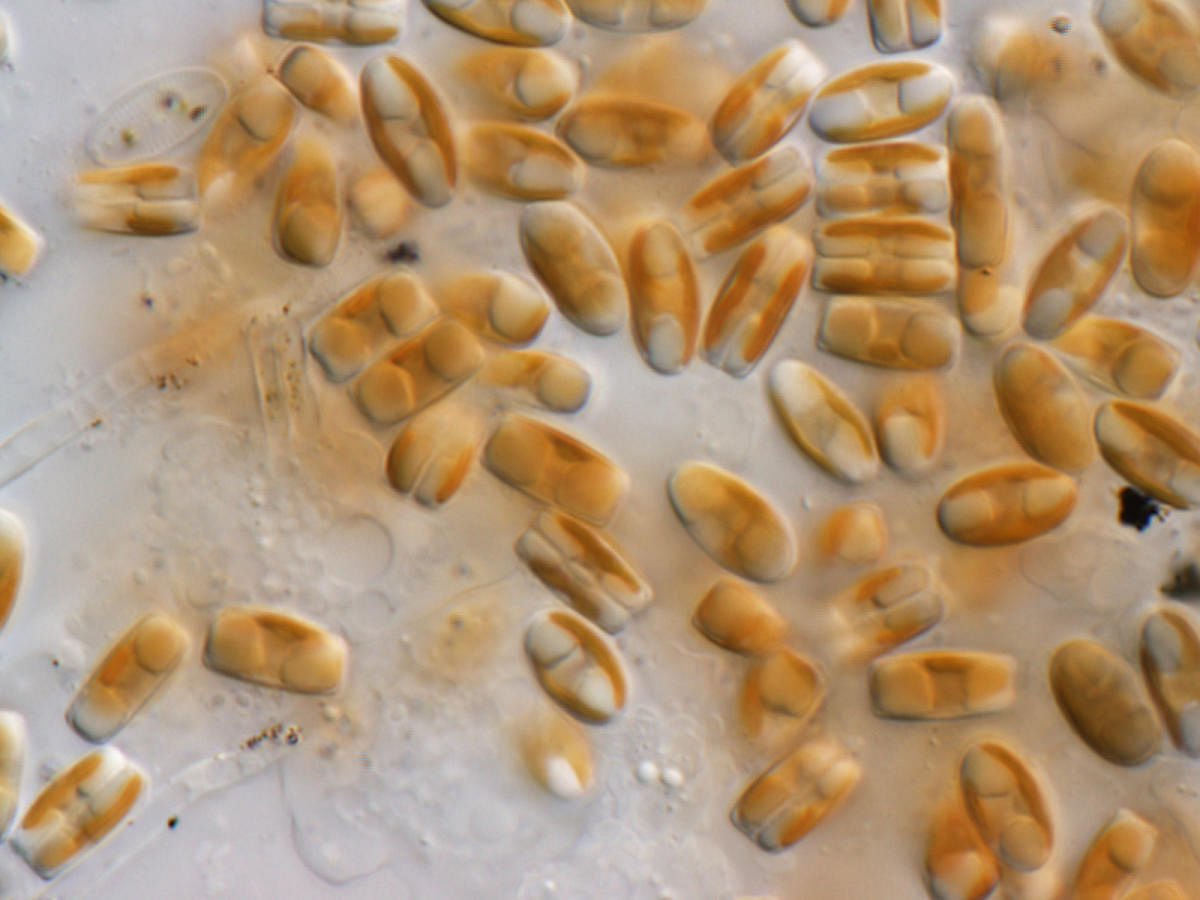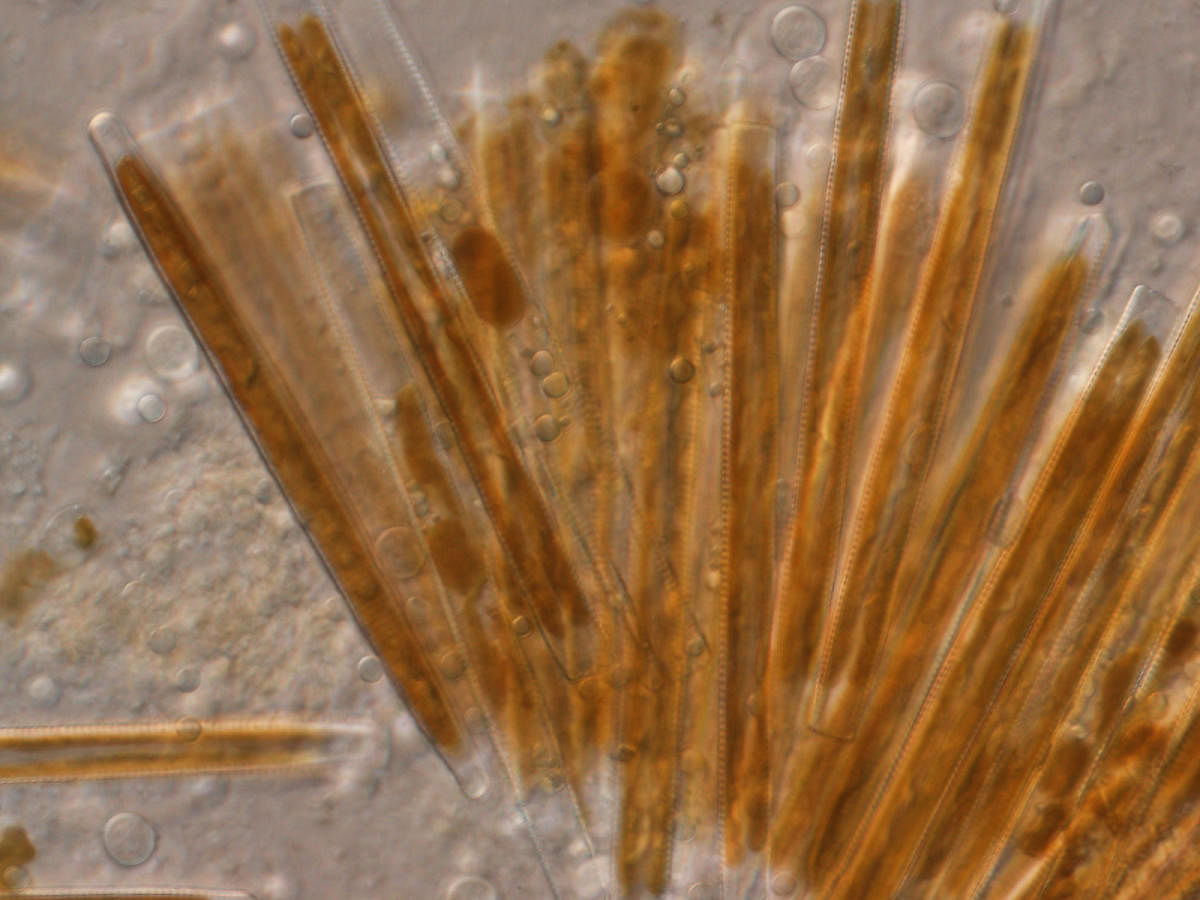

Take a deep breath. Repeat thrice. Relax and breathe normally.
Did you know that the oxygen for one of the four breaths you took came from microscopic organisms called diatoms?
Diatoms are unicellular organisms belonging to the group of algae. They have been silently helping the world by producing an estimated 20-30% of the global oxygen produced, while tropical rainforests produce just about 18% of it.
These aquatic life forms have unique, transparent cell walls made of silica and appear very ornamental. Diatoms also have photosynthetic molecules that convert light into energy. The transparent cell walls allow light to pass through them, enabling energy production by carbon fixation during photosynthesis. They absorb carbon dioxide from the atmosphere, convert them to organic carbon in the form of sugar and release oxygen.
Globally, scientists have found about 25,000 to 30,000 species of diatoms, while the global number of species of diatoms is estimated to be anywhere between 200,000 to 2 million. Researchers are now trying to look for diatoms in all aquatic and moist environments, from oceans and ice to rivers and wet rock walls.
Diatom species seem to be unique to the habitats they live in. For instance, the diatoms found in the arctic region are endemic, while the ones in ancient lakes are unique to the area. Since their distribution is linked to the environmental conditions of their habitats, they serve as good bioindicators.
India’s diatom story
In India, diatoms have been studied for about 177 years now. There is a significant endemic distribution of diatoms from the Western Ghats to the Himalayan mountains, ranging about 16,000 species. Phycologist Hemendrakumar Prithivraj Gandhi worked on freshwater diatoms from 1952 to 1998 and documented 84 new species from the Indian subcontinent. Karthick traced the location of Gandhi, an octogenarian whose health was deteriorating, got all the slides and specimens to conserve them in the Indian Institute of Science’s Centre for Ecological Sciences museum.
Diatoms are now used in energy production, wellness, archaeology, and forensics. Some diatom species found in soil habitats can tolerate long dry periods. They are known to resist physical and chemical changes in environments and are well-preserved in archaeological records.
Helping unearth history
Durable and distinctive properties of diatoms form valuable evidence for reconstructing past environments. In archaeology, diatoms are used as ecological biomarkers.
Diatoms hold micro-level information about our past environment, pretty much like how DNA holds our genetic information. Thus, their characterisation has the potential to reconstruct the past climatic conditions as well. Recently, a study analysed the diatom community recovered from the surface of the bricks taken from a freshwater channel unearthed at Sivakalai in the Thuthukudi district of Tamil Nadu.
“The aquatic diatom community found in the samples suggests that this channel was used to supply fresh water to the settlement from nearby stagnant water bodies. Further, a higher amount of terrestrial diatom suggests the abandonment of the channel in subsequent years,” says Karthick Balasubramanian, a scientist with Agharkar Research Institute (ARI), who has been studying diatoms for nearly two decades.
This is the first study that used diatoms in an archaeological context in the Indian subcontinent.
Diatoms have emerged as the most promising candidates for biofuel production. Since diatoms process carbon dioxide and convert it into a dense liquid form of energy, they are now being used as feedstocks for bioenergy production and as high nutrition/enriched foods in the wellness industry.
A study,n Biodiversity and application of microalgae by F B Metting shows that the amount of lipid that can be extracted from diatoms can exceed up to 80% of its dry weight. However, the yield depends on the specific species and its environmental conditions, the growth rate of its biomass and the fatty acid chain lengths it contains. The doubling time of some species of diatoms can be as short as 3.5 hours during the exponential growth phase, and their biomass can produce larger yields of lipid.
Thus, diatoms are emerging as a source of sustainable food and energy when used as biofuel, besides offering us oxygen and fixing carbon — important in the context of the looming climate crisis.
(The author is with Research Matters)